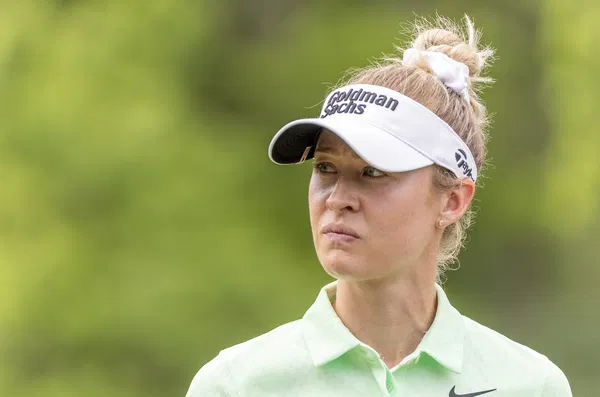
Nelly Korda and Scottie Scheffler both had dominant seasons in 2024, winning multiple tournaments and showcasing their dominance in their respective tours. However, their earnings highlight the stark pay disparity in professional golf. Korda earned $4.2 million from her on-course performances, while Scheffler brought in a staggering $62.2 million, including bonuses.
LPGA pro Lauren Coughlin recently addressed this issue in an interview, emphasizing the significant gap in prize money between the PGA Tour and LPGA Tour. Despite efforts to improve, the LPGA’s 2025 total prize fund of $131 million remains just a fraction of the PGA Tour’s $600+ million.
Beyond gender, financial challenges are even more pronounced in European women’s golf. The Ladies European Tour (LET) faces major struggles, with significantly lower prize purses. While LPGA events often feature minimum purses of $2 million, many LET events offer just over $300,000. Some, like the Rose Ladies Open, had a prize fund of only $87,600 in 2024.
It sounds interesting. Can women make a decent living on @LETgolf or do they need to go to the LPGA? Is the money equal?
— Noall (@noall) February 10, 2025
Meghan MacLaren recently highlighted these financial difficulties on social media, noting that while top LET players can make a decent living, those ranked outside the top 100 earn as little as $15,500 per year—barely enough to cover expenses such as travel, coaching, and equipment. Travel costs alone can range from $20,000 to $40,000 annually, with coaching and equipment expenses adding tens of thousands more.
Despite some improvements—such as total LET prize money increasing from $14.4 million in 2021 to $40.2 million in 2025—the gap remains vast. This has led to a significant exodus of European players to the LPGA, where opportunities and earnings are far greater. The percentage of European golfers competing on the LPGA Tour has risen from 18% to 25% in just four years, with players like Pauline Roussin-Bouchard and Chiara Tamburlini opting for the more lucrative American circuit.
This shift is affecting the LET’s competitiveness, with field strength declining and scoring averages increasing. If the trend continues, the future of women’s professional golf in Europe could be in jeopardy, as the LET struggles to retain top talent.